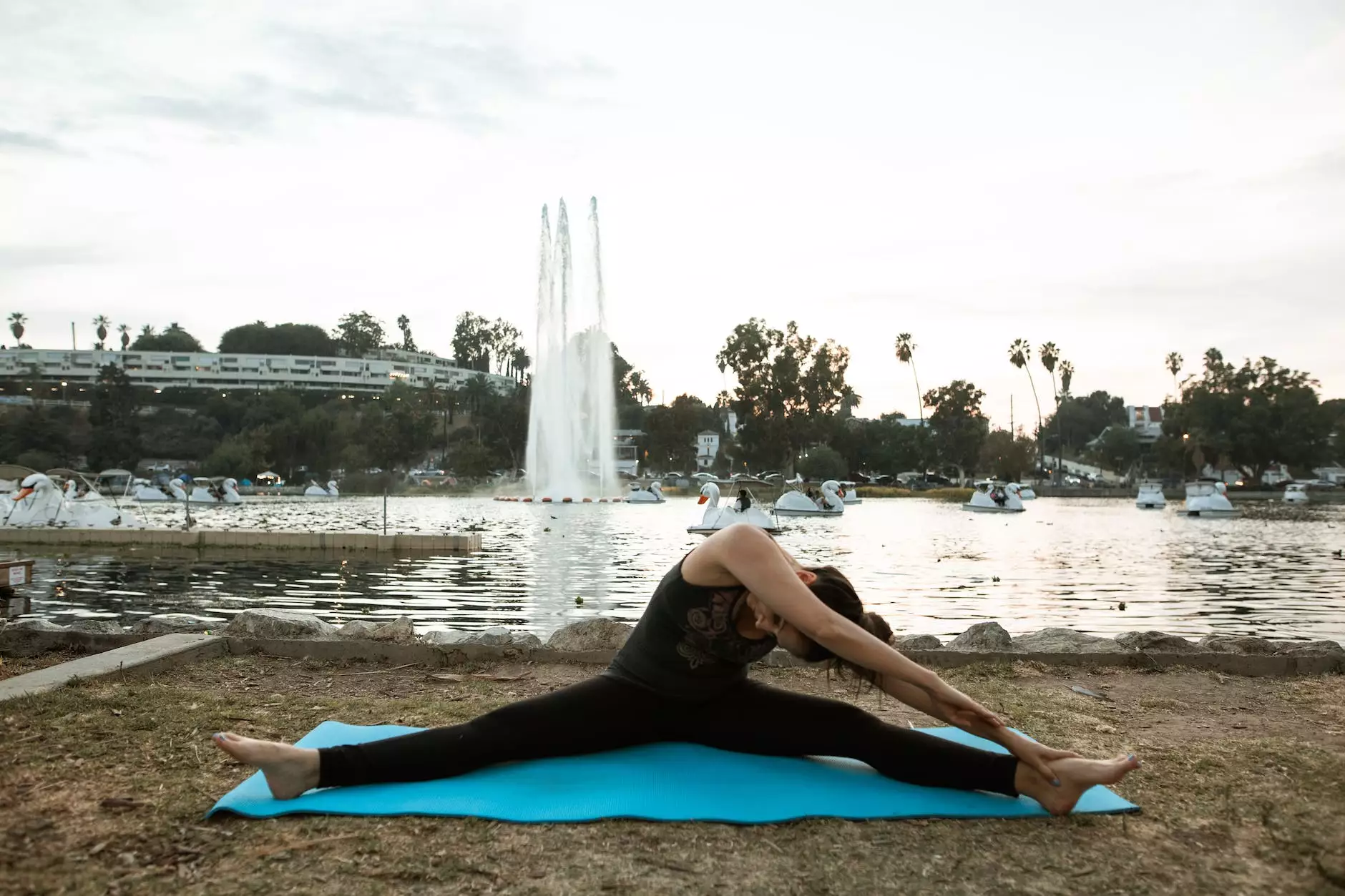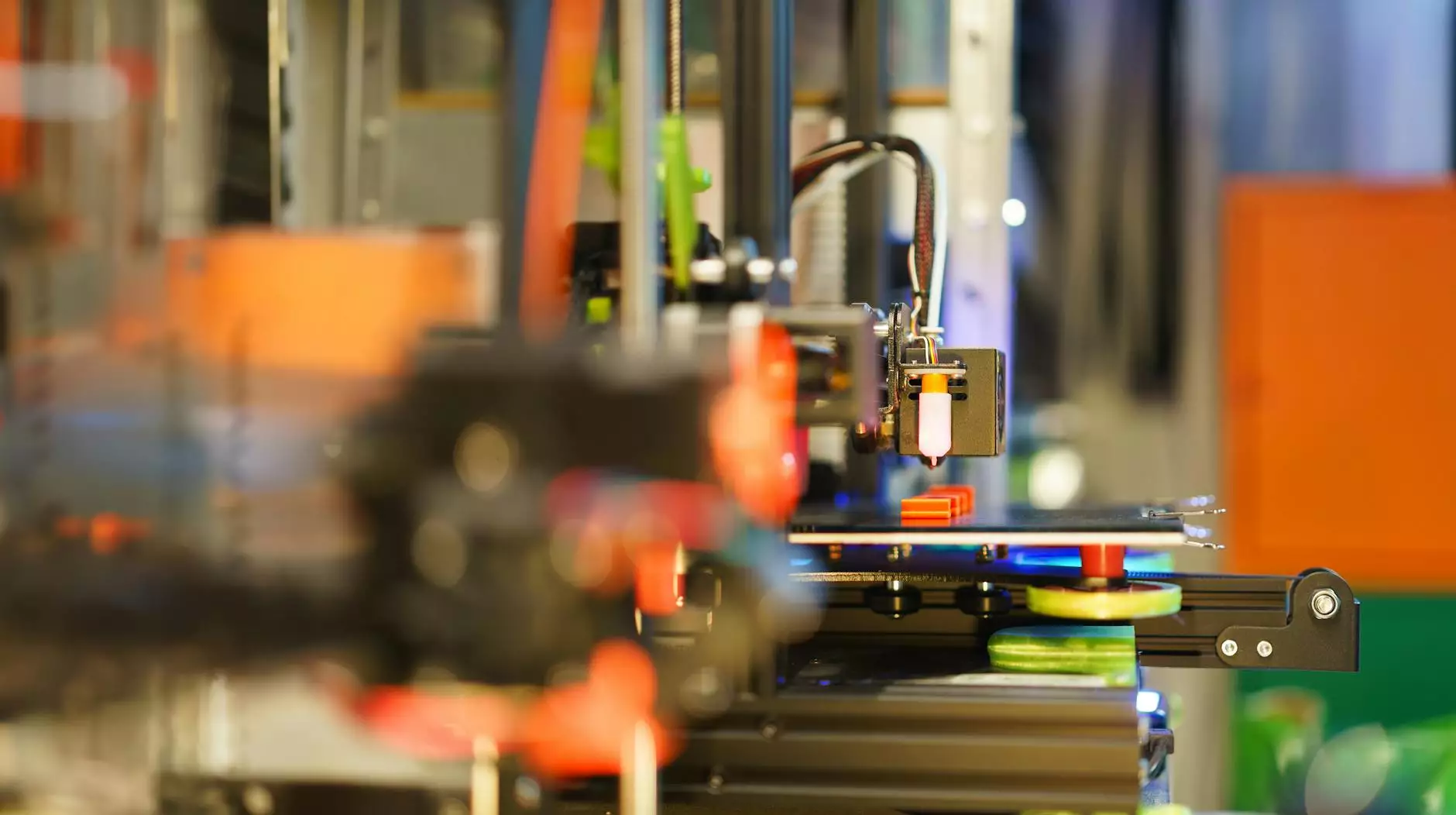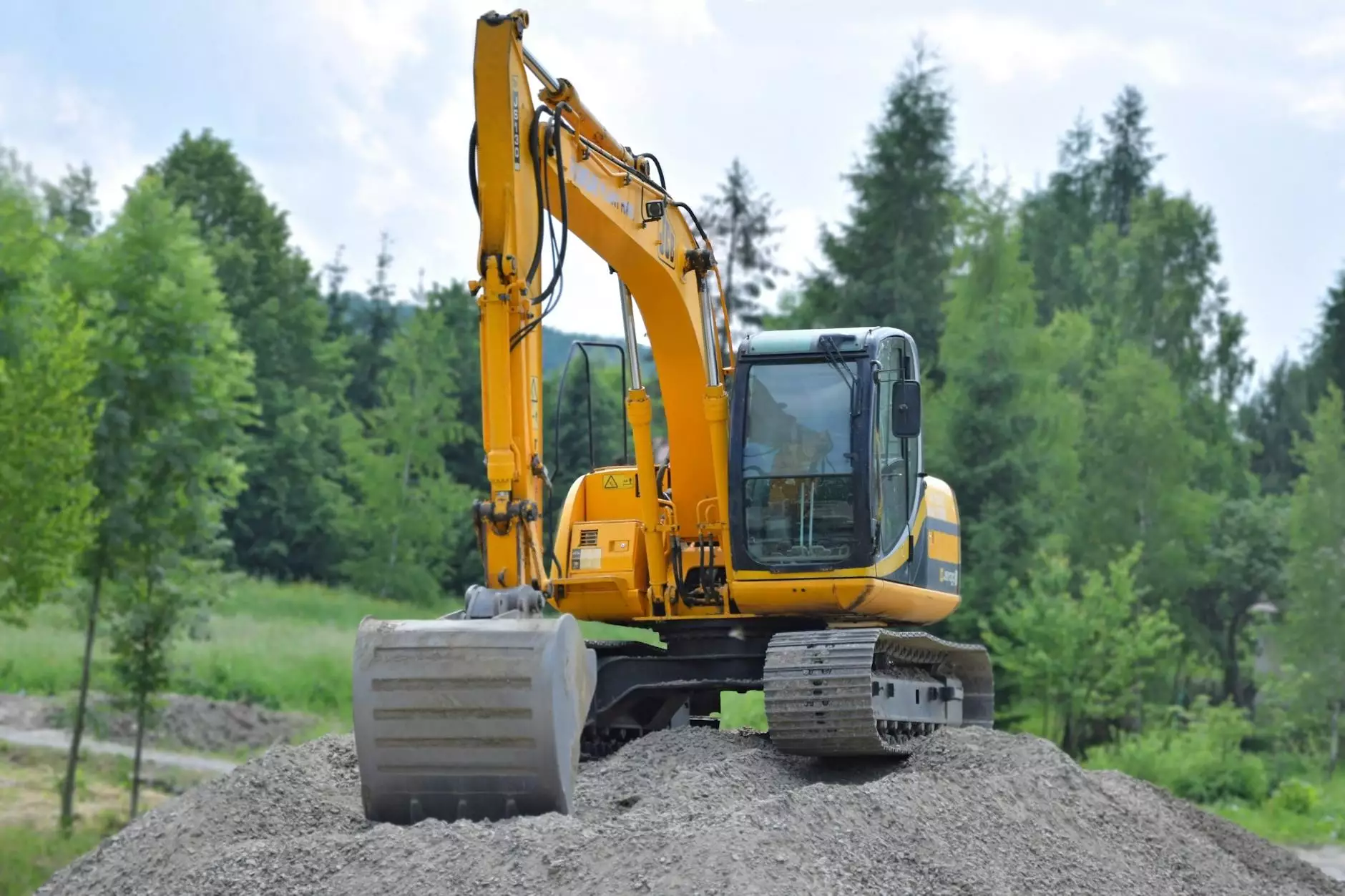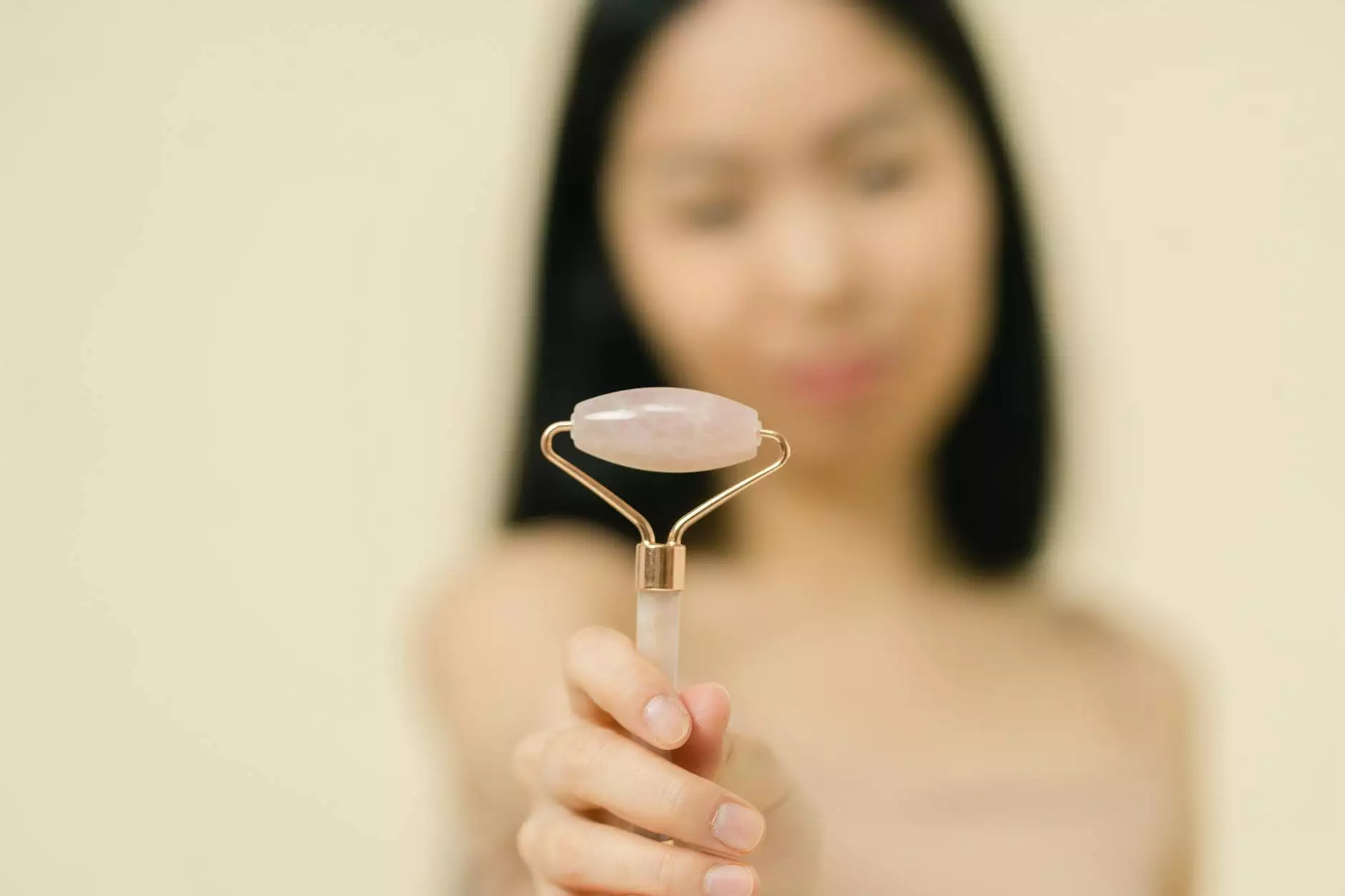Postnatal Pilates for Diastasis Recti: A Comprehensive Guide

Diastasis recti is a common condition experienced by many women during and after pregnancy, characterized by the separation of the abdominal muscles. This condition can lead to various physical issues, including lower back pain and a weakened core. Fortunately, postnatal pilates offers an effective approach to help mend this separation and strengthen the body post-birth.
Understanding Diastasis Recti
Diastasis recti is not only a cosmetic concern; it can significantly impact a woman's physical health and quality of life. Understanding the condition is the first step toward effective recovery.
What is Diastasis Recti?
Diastasis recti occurs when the rectus abdominis muscles, also known as the "six-pack" muscles, become separated along the midline of the body. This condition can happen during pregnancy due to the growing uterus, but it can also persist postpartum due to factors such as:
- Pregnancy: The stretching of the abdominal wall is a primary cause.
- Genetics: Some women may be more predisposed to this condition based on genetic factors.
- Multiple pregnancies: Women who have had multiple pregnancies may experience more severe diastasis recti.
- Obesity: Excess weight can strain the abdominal muscles.
Signs and Symptoms
Common symptoms of diastasis recti include:
- A visible gap in the midline of the abdomen, especially when lying down.
- Lower back pain, often resulting from weakened core support.
- A bulge or "pooch" that becomes more pronounced when engaging the abdominal muscles.
- Difficulty in performing certain movements, such as getting up from a lying position.
The Importance of Postnatal Pilates
Postnatal pilates is a specialized form of exercise that focuses on recovering the core post-pregnancy. It emphasizes slow, controlled movements which are crucial in rebuilding strength and stability.
Focus on Core Strength
The core supports the entire body, and strengthening it is essential after childbirth. Pilates specifically targets the deep core muscles, including:
- The transverse abdominis
- The pelvic floor muscles
- Oblique muscles
Benefits of Postnatal Pilates for Diastasis Recti
Engaging in postnatal pilates can provide numerous benefits to new mothers dealing with diastasis recti:
- Improved Core Stability: Pilates enhances the strength and functionality of the core muscles, which helps support the spine and pelvis.
- Proper Alignment: Pilates teaches body awareness and promotes proper posture, reducing the risk of injury and pain.
- Enhanced Flexibility: The gentle stretches incorporated into pilates improve flexibility, aiding recovery.
- Reduced Stress: Exercise releases endorphins, helping to alleviate postpartum anxiety and stress.
- Increased Strength: Regular practice of pilates helps regain the lost strength in the abdominal muscles and pelvic floor.
Essential Pilates Exercises for Diastasis Recti
Before starting any exercise program, consult with a healthcare provider, particularly if you have just given birth. Once cleared, here are some effective pilates exercises specifically tailored for addressing diastasis recti:
1. Breathing Exercises
Breathing is fundamental in pilates. Here’s how to incorporate it:
- Lie on your back with your knees bent and feet flat on the floor.
- As you inhale, allow your belly to expand.
- As you exhale, gently draw your belly button towards your spine.
- Repeat for 10-15 breaths, focusing on engaging your core.
2. Heel Slides
This exercise helps improve core engagement and stability:
- Start in the same position as the breathing exercise.
- Slide one heel along the floor, straightening the leg while keeping your core engaged.
- Return to the starting position and switch legs.
- Complete 10 repetitions for each leg.
3. Modified Plank
A modified plank is a gentle way to strengthen the core:
- Start on your hands and knees with your wrists under your shoulders and knees under your hips.
- Engage your core and extend one leg behind you, keeping it hip-level.
- Hold for a few seconds before returning to the starting position and switching sides.
- Repeat for 5-10 repetitions on each side.
4. Cat-Cow Stretch
This exercise promotes spinal flexibility and core strength:
- Begin in a tabletop position on your hands and knees.
- As you inhale, arch your back and lift your head and tailbone (cow pose).
- As you exhale, round your spine, tucking your chin and tailbone (cat pose).
- Continue alternating for 5-10 cycles.
5. Bridge Exercise
The bridge is fantastic for strengthening the glutes and pelvic floor:
- Lie on your back with knees bent and feet hip-width apart.
- Push through your feet to lift your hips off the ground, while keeping your core engaged.
- Hold for a few seconds before lowering back down.
- Repeat for 10-15 repetitions.
When to Start Postnatal Pilates
The best time to begin postnatal pilates varies from person to person. Many experts recommend waiting at least six weeks after vaginal birth and longer after a cesarean section. Always consult with your healthcare provider before starting any new exercise program.
Finding a Qualified Pilates Instructor
To ensure the safety and effectiveness of your postnatal pilates practice, it’s crucial to work with a qualified pilates instructor who has experience in postnatal rehabilitation. Look for instructors who specialize in working with women who have diastasis recti and have specific training in postnatal fitness.
Incorporating Pilates into Your Routine
Integrating pilates into your postnatal routine can be enjoyable and rewarding. Here are some tips on how to effectively incorporate these exercises into your daily life:
- Set a Schedule: Create a regular exercise schedule that fits your lifestyle.
- Find a Class: Join a local pilates class or look for online sessions that focus on postnatal recovery.
- Start Slow: Begin with shorter sessions and gradually increase the duration as your strength improves.
- Listen to Your Body: Pay attention to how your body feels during and after workouts. Modify exercises as necessary.
Conclusion
In conclusion, postnatal pilates for diastasis recti is an invaluable tool for new mothers aiming to restore core strength, improve posture, and alleviate discomfort. By understanding the condition and engaging in appropriate exercises, women can embark on a path to recover their physical health holistically. Always remember to seek guidance from trained professionals, and most importantly, be patient with yourself as you work towards recovery. Every small step contributes to a larger journey of healing and empowerment post-pregnancy.
postnatal pilates diastasis recti





